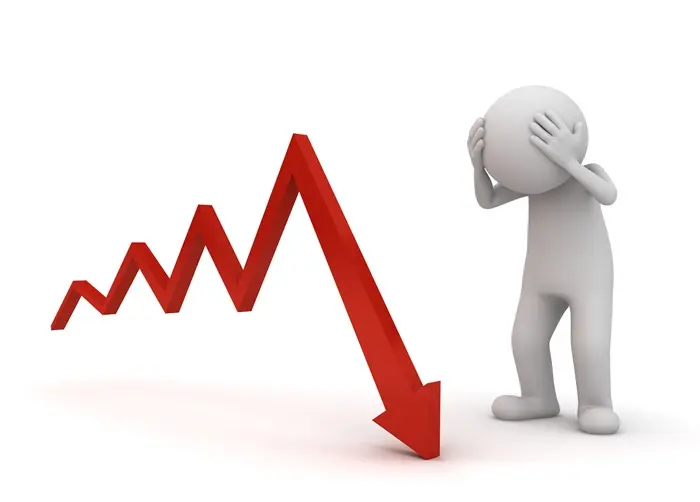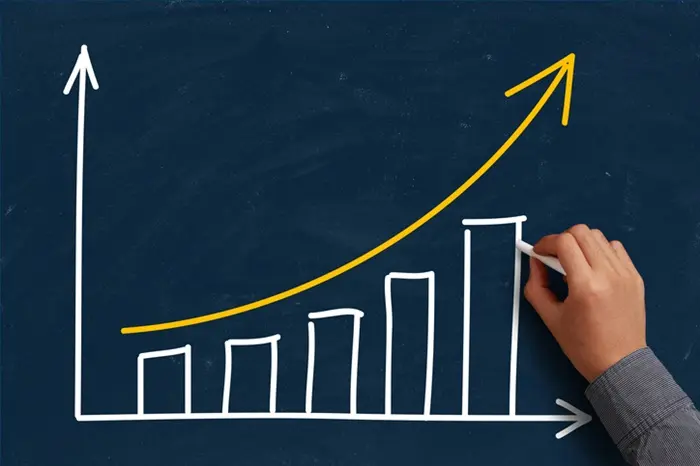China’s export growth accelerated in December, while imports showed an unexpected recovery, offering a positive end to the year. This comes as China braces for increasing trade risks with the incoming U.S. administration under President-elect Donald Trump.
Outbound shipments rose by 10.7% year-on-year in December, according to customs data released on Monday. This figure surpassed the 7.3% growth forecast from a Reuters poll and marked an improvement from November’s 6.7% increase.
In addition, imports grew by 1.0%, defying expectations of a 1.5% decline. This was the strongest performance since July 2024, signaling resilience in China’s domestic demand.
Trade Tensions with the U.S. and EU
The trade outlook remains uncertain as President-elect Trump, who is set to take office next week, has proposed imposing hefty tariffs on Chinese goods. This raises concerns about a potential trade war between the two largest economies in the world.
Furthermore, unresolved tariff disputes with the European Union could affect China’s auto export ambitions. The EU is considering imposing tariffs of up to 45.3% on Chinese electric vehicles, adding to the challenges faced by Chinese exporters.
Trade Surplus Grows Amid Export Momentum
China’s trade surplus increased to $104.8 billion in December, up from $97.4 billion in November, reflecting the continued strength of export growth.
Exports have been a key driver for China’s economy, which still faces challenges, including a prolonged property market slump and low consumer confidence. Despite this, there are signs of stabilization, bolstered by China’s recent stimulus efforts.
Resilience in Key Sectors
Factory activity showed modest expansion for the third consecutive month in December, while services and construction sectors also showed signs of recovery, according to official data.
South Korea, a key trading partner, reported an 8.6% increase in exports to China in December, highlighting strong demand for technology products.
Economic Strategies for 2025
In response to external trade pressures, China’s top leaders have committed to loosening monetary policy and adopting a more proactive fiscal policy in 2025. The government aims to boost domestic demand and mitigate the challenges posed by global uncertainties.
Despite these efforts, the target for economic growth in 2025 has been set at around 5%, a goal that was challenging to meet in 2024.
Related topics:



























